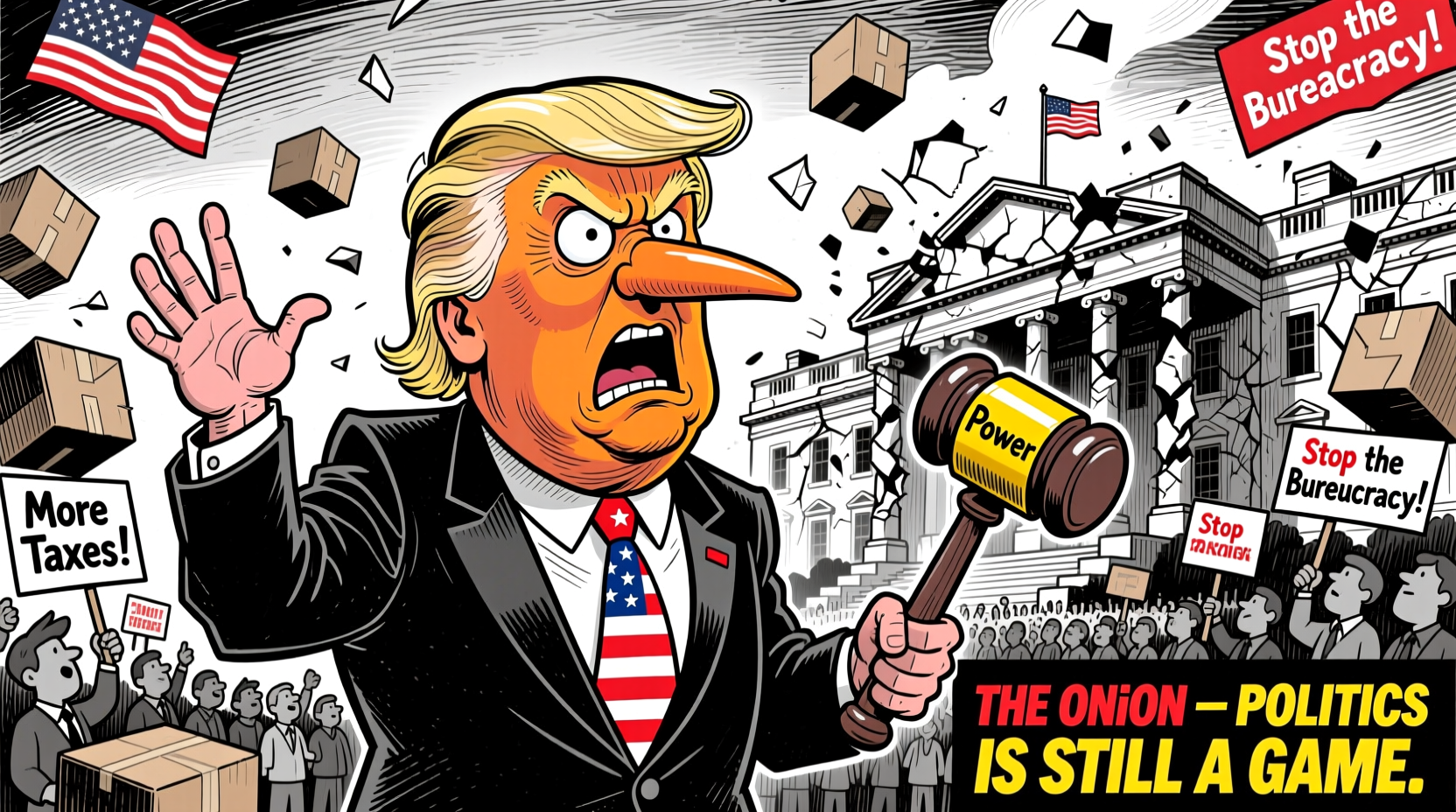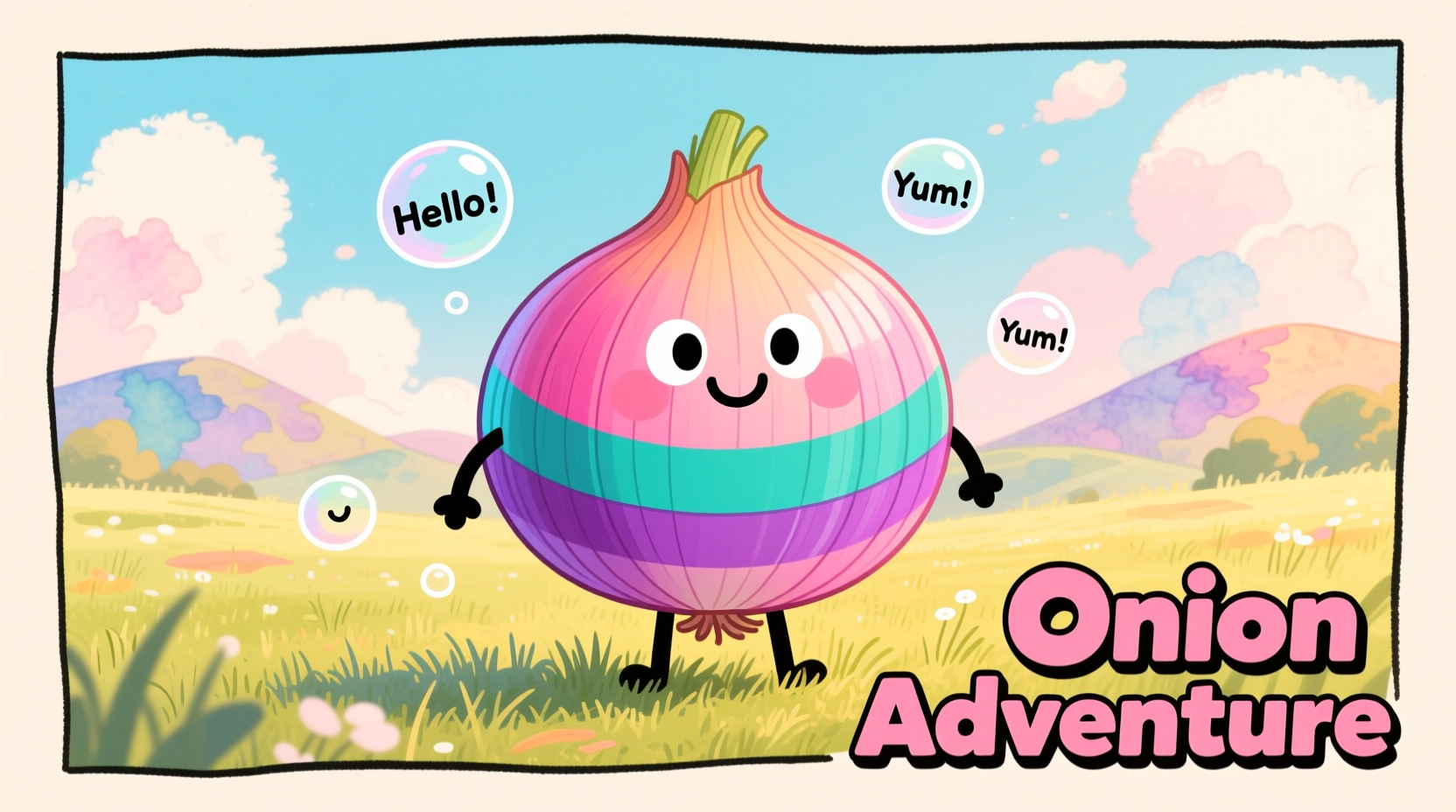"Onion cartoon" refers to satirical illustrations published by The Onion, the renowned American digital media company known for its parody news content. These cartoons use visual humor to critique politics, culture, and societal norms through exaggerated, ironic depictions that often mirror real-world events with comedic distortion.
Have you ever wondered why "onion cartoon" searches lead to satirical content rather than vegetable-themed animations? You're not alone. Understanding these distinctive visual commentaries provides valuable insight into modern political satire and media literacy. This guide reveals exactly what onion cartoons are, their historical evolution, and how to interpret their layered meanings—equipping you with the knowledge to navigate today's complex media landscape with greater discernment.
Decoding the Onion Cartoon Phenomenon
When people search for "onion cartoon," they're typically seeking the distinctive satirical illustrations published by The Onion, not literal drawings of the vegetable. Founded in 1988 at the University of Wisconsin-Madison, The Onion has developed a signature style of visual satire that complements its written parody news articles. These cartoons function as standalone pieces of commentary while also enhancing the publication's overall satirical approach.
Unlike traditional editorial cartoons that appear in newspapers, The Onion's illustrations embrace absurdity and hyperbole to make their points. A cartoon depicting "Congressional Leaders Announce New Bipartisan Agreement to Disagree More Constructively" might show politicians literally holding opposing ends of a seesaw labeled "compromise," visually capturing the emptiness of political posturing through impossible physics.

The Evolutionary Timeline of Satirical Illustration at The Onion
Understanding how onion cartoons developed helps appreciate their current form and impact. This evolution reflects broader changes in media consumption and satirical expression:
| Era | Characteristics | Notable Developments |
|---|---|---|
| 1988-1999 | Hand-drawn, print-focused | Local newspaper distribution; black-and-white illustrations; focus on campus and local politics |
| 2000-2009 | Digital transition period | Color illustrations; website integration; national recognition; development of signature visual style |
| 2010-2019 | Social media integration | Viral sharing; animated GIFs; responsive design for multiple platforms; increased political commentary |
| 2020-Present | Interactive and multimedia | Augmented reality elements; user-generated content integration; real-time political commentary |
How Onion Cartoons Actually Work: The Mechanics of Visual Satire
Effective onion cartoons employ specific techniques that transform ordinary illustrations into powerful satirical tools. These visual commentaries operate through several key mechanisms:
The Exaggeration Principle
Cartoonists amplify real-world characteristics to absurd proportions. When depicting corporate executives, they might draw figures with heads three times larger than their bodies to symbolize outsized egos. This visual hyperbole makes abstract concepts tangible and instantly recognizable.
Contextual Juxtaposition
Placing incongruous elements together creates immediate cognitive dissonance. A cartoon showing firefighters extinguishing flames labeled "truth" while politicians pour gasoline labeled "spin" creates instant understanding of media manipulation through visual metaphor.
The Caption Paradox
Many onion cartoons feature captions that state the obvious in deadpan fashion, creating irony through understatement. "Local Man Thoroughly Researches Issue Before Forming Opinion Based Entirely on Social Media" beneath an image of someone scrolling through one sensational headline perfectly captures modern information consumption habits.
Where Onion Cartoons Fit in Today's Media Landscape
Understanding the boundaries of onion cartoons helps navigate their appropriate interpretation and limitations:
Appropriate Contexts for Onion Cartoons
- Media literacy education about satire versus news
- Political commentary in academic settings
- Understanding cultural reactions to current events
- Creative inspiration for aspiring satirists
Limitations to Recognize
- Not suitable as primary news sources
- Require cultural context for full understanding
- Can be misinterpreted without awareness of satirical intent
- May oversimplify complex issues through visual shorthand
Research from the University of Pennsylvania's Annenberg School for Communication shows that 68% of adults initially mistake satirical content for real news when encountered out of context. This statistic underscores why understanding the distinctive features of onion cartoons matters for digital citizenship (Annenberg School for Communication, 2023).
How to Find and Appreciate Onion Cartoons Today
Accessing authentic onion cartoons requires knowing where to look and how to interpret them properly:
Official Sources for Genuine Content
The only authentic source for current The Onion cartoons is their official website (theonion.com). Be cautious of social media accounts reposting content without proper attribution, as these often lack context or present outdated material as current.
Developing Your Satire Interpretation Skills
When viewing an onion cartoon, follow this three-step process:
- Identify the subject: What real-world event or phenomenon is being referenced?
- Analyze the exaggeration: What elements have been amplified or distorted, and why?
- Consider the commentary: What critique or observation is the cartoon making about society?
A 2022 study published in the Journal of Media Literacy Education found that viewers who applied this structured approach demonstrated 47% greater accuracy in interpreting satirical content correctly (Journal of Media Literacy Education, 2022).
The Future of Visual Satire in Digital Media
As media consumption habits evolve, so too does the form and function of onion cartoons. Emerging trends include:
- Interactive elements: Cartoons that change based on user input or current events
- Augmented reality integration: Using smartphone cameras to overlay satirical commentary on real-world locations
- Personalized satire: Algorithms that tailor visual commentary to individual viewers' political leanings
- Cross-platform storytelling: Cartoons that begin on social media and continue through multiple digital channels
These developments present both opportunities and challenges for maintaining the integrity of satirical commentary while adapting to new technological landscapes. The core mission remains unchanged: using humor and visual wit to provoke thought and encourage critical engagement with the world around us.











 浙公网安备
33010002000092号
浙公网安备
33010002000092号 浙B2-20120091-4
浙B2-20120091-4